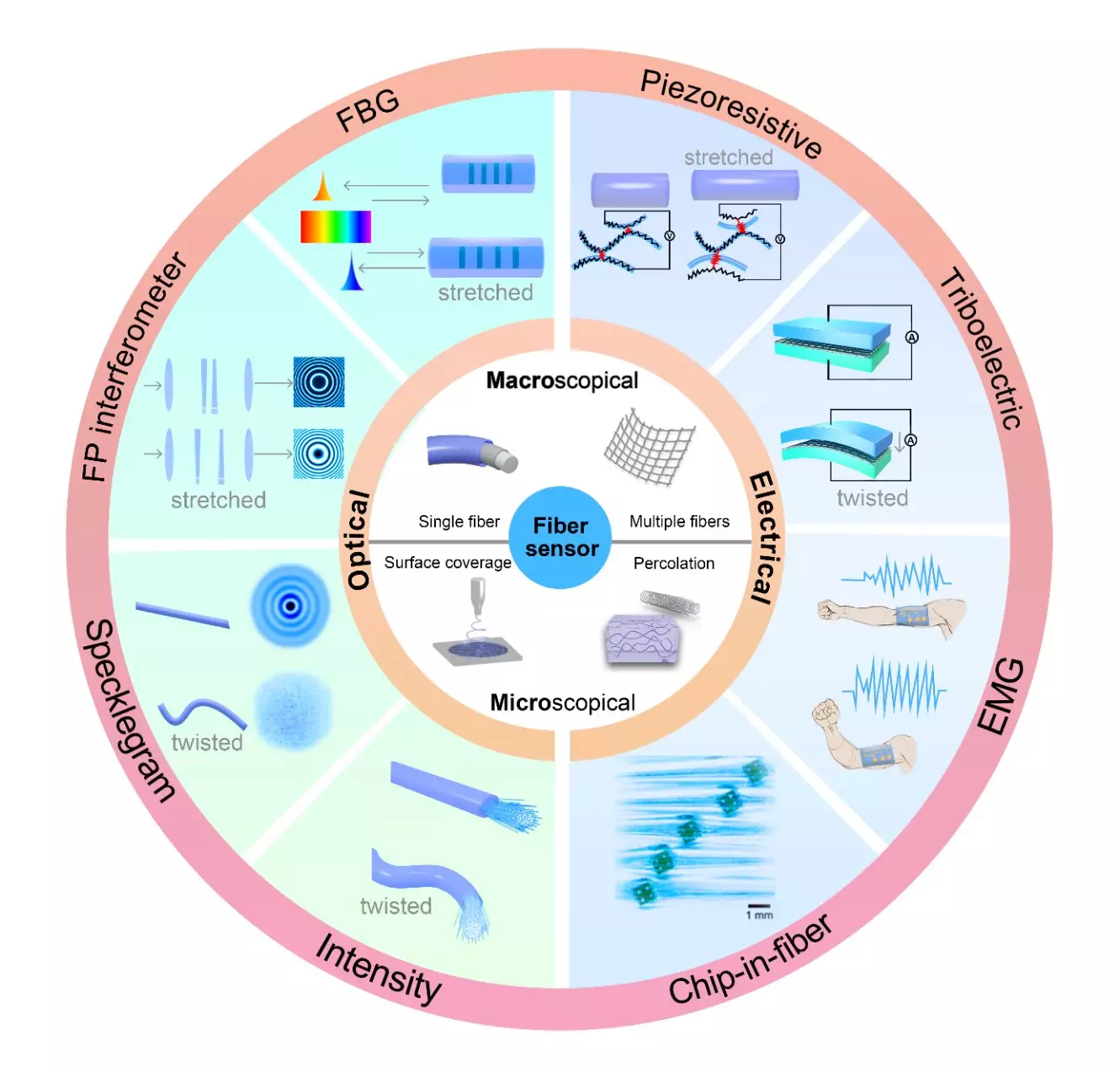The last decade has witnessed an extraordinary transformation in wearable technology, largely fueled by advances in artificial intelligence (AI). At the forefront of this development lies machine learning, a pivotal area of AI that has revolutionized how data is analyzed and utilized. Among its numerous applications, the use of AI in wearable devices fosters a deeper understanding of human behavior and physiological states. This intersection of technology not only simplifies data extraction but also enhances the accuracy of health monitoring, thereby revolutionizing personal health management.
In the realm of fiber sensors, machine learning can be primarily categorized into traditional algorithms and their more sophisticated counterpart, deep learning. Traditional algorithms—such as linear regression, support vector machines, and random forests—serve as the foundational tools for data analysis. However, the introduction of deep learning, characterized by its multi-layered approach to data comprehension, reveals hidden patterns that traditional algorithms may overlook. As detailed in a comprehensive study published in Advanced Devices & Instrumentation, the utilization of these algorithms in fiber sensors holds immense potential for improving the functionality and reliability of wearable devices.
Correlating Sensor Types and Applications
Fiber sensors can be classified based on their operational principles and dimensions. The two essential categories are optical sensors, including Fiber Bragg Gratings (FBG) and interferometers, and electrical sensors, like piezoresistive and triboelectric devices. Each type presents unique capabilities and insights into the physical world. For instance, optical sensors excel in capturing changes in light properties, while electrical sensors are more adept at measuring mechanical signals. This diversity in sensor technology allows for a multifaceted approach to data collection, enabling wearables to adapt to various applications—from health monitoring to environmental sensing.
Despite these advancements, the integration of machine learning with fiber sensors is still in its infancy, facing several critical challenges. Presently, many wearable devices primarily gather single types of signals, primarily focused on mechanical actions like pressure application. However, vital data such as light intensity, temperature fluctuations, and humidity changes remain underutilized. This limitation highlights a significant gap in the current technology that restricts the potential of smart clothing and other wearables.
Moreover, as machine learning continues to evolve, cutting-edge algorithms such as reinforcement learning and attention mechanisms have sparse representation in the domain of fiber sensors. Leveraging these modern techniques could lead to breakthroughs that render wearable devices not only more intelligent and responsive but also highly comfortable and integrated into daily activities.
As research continues into advanced machine learning methodologies and their application in fiber sensors, the future of wearable technology looks promising. With increasing capabilities for data integration and analysis, it is anticipated that AI-enhanced fiber sensors will soon become commonplace in everyday life, offering innovative solutions for health monitoring and enhancing the overall quality of life. The effective amalgamation of AI with fiber-based sensing technologies heralds a new frontier in personal technology, which may redefine the boundaries of what wearable devices can accomplish.


Leave a Reply